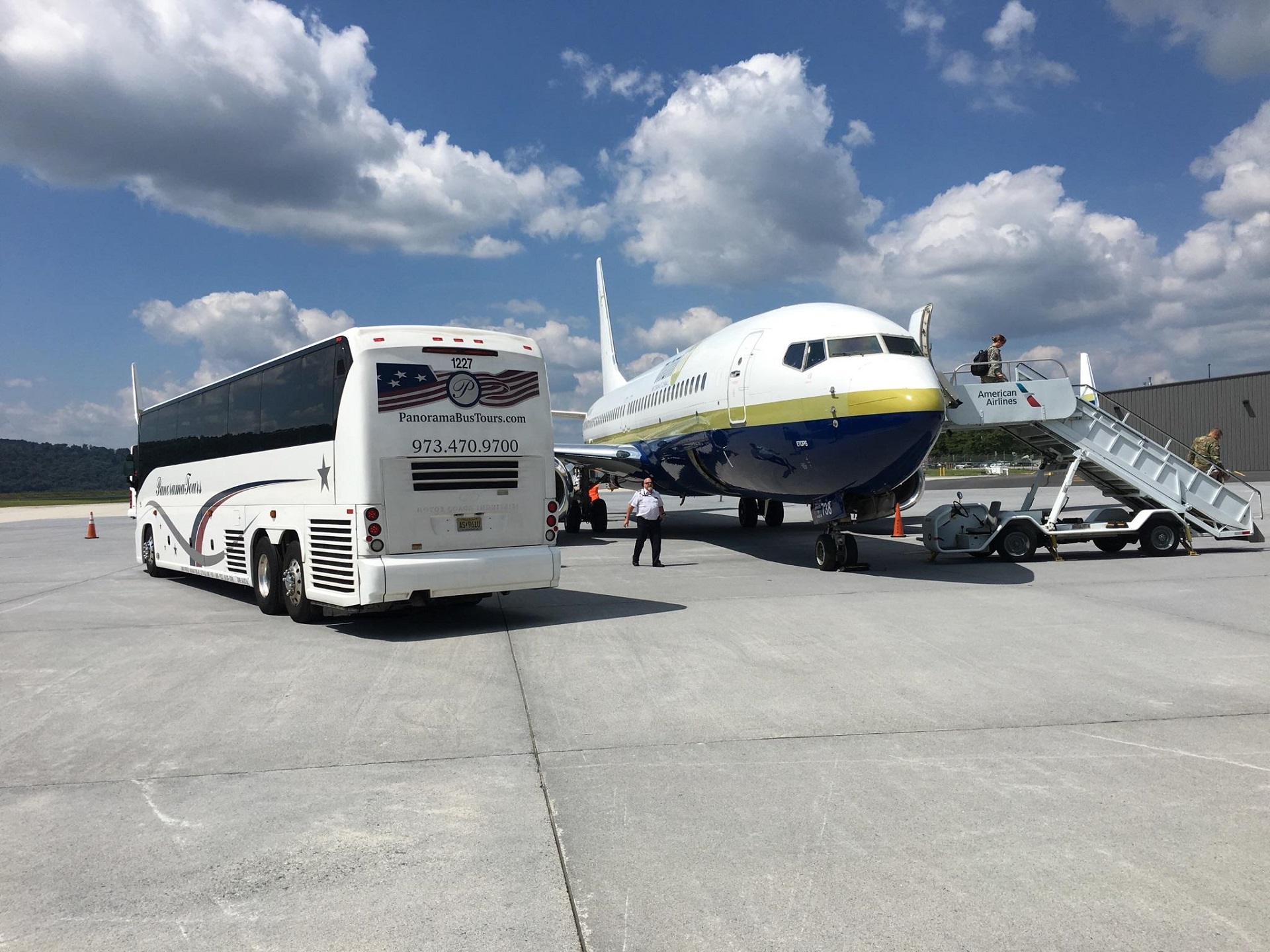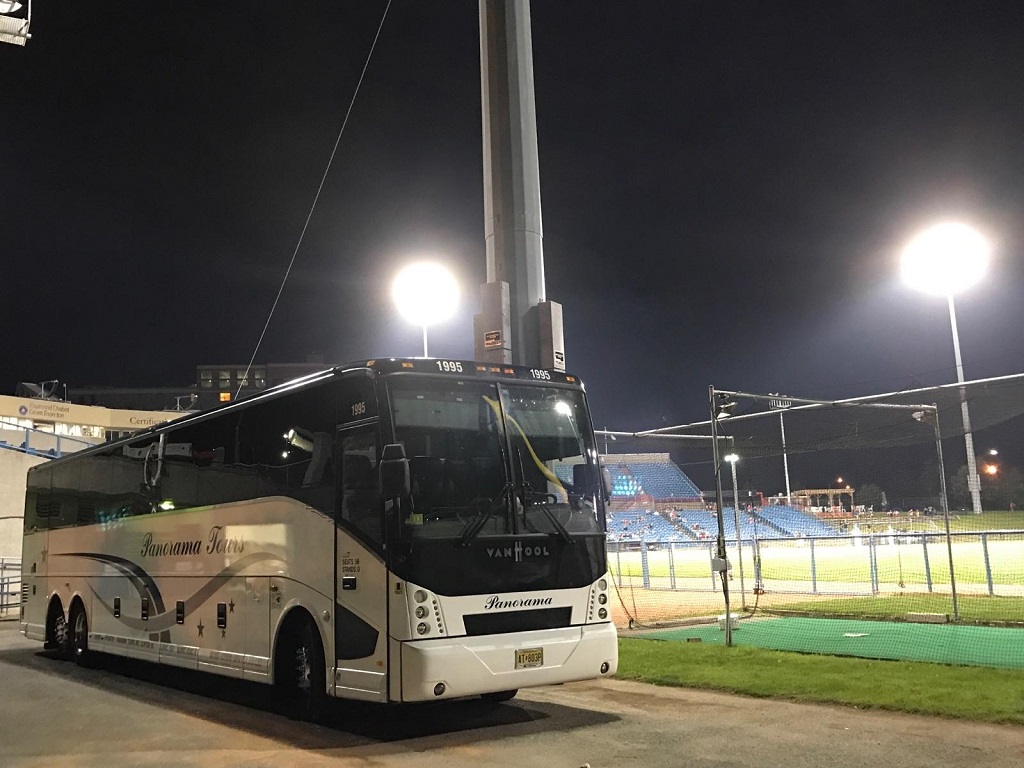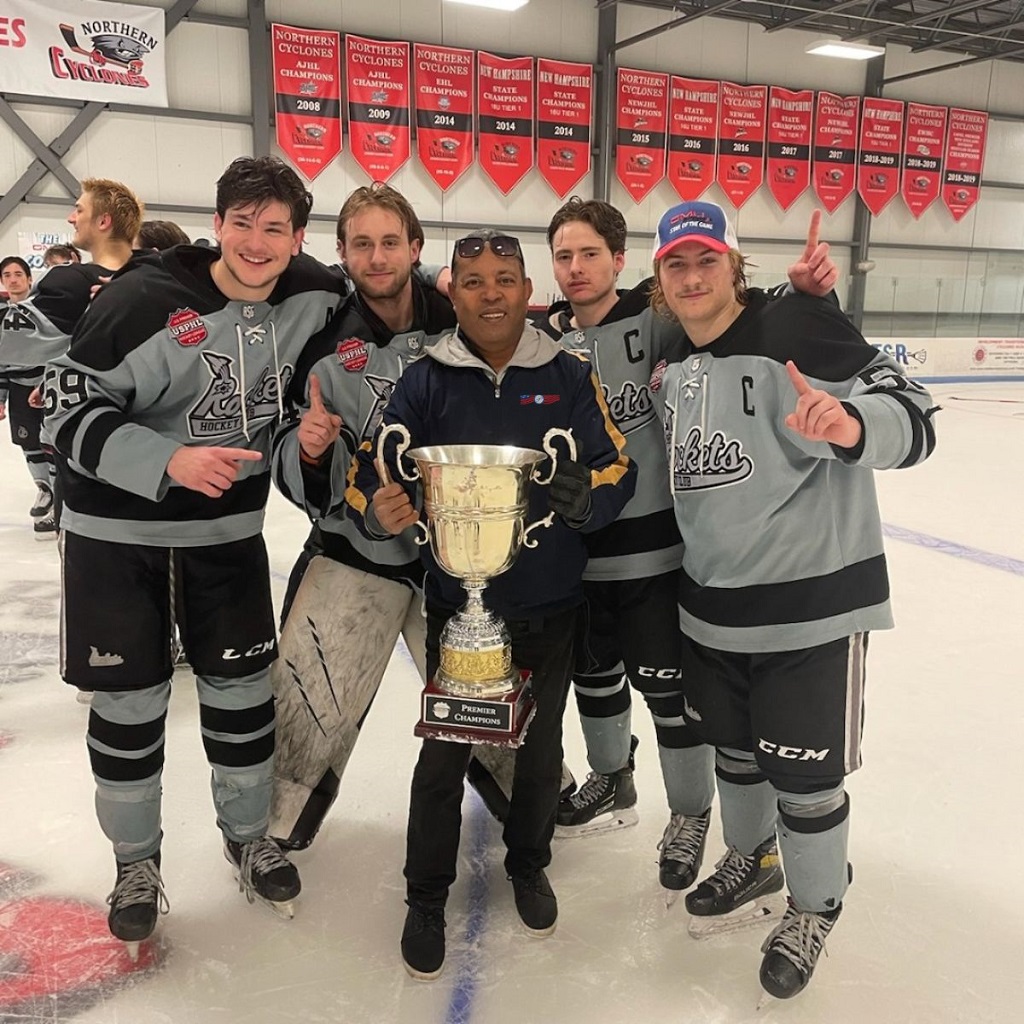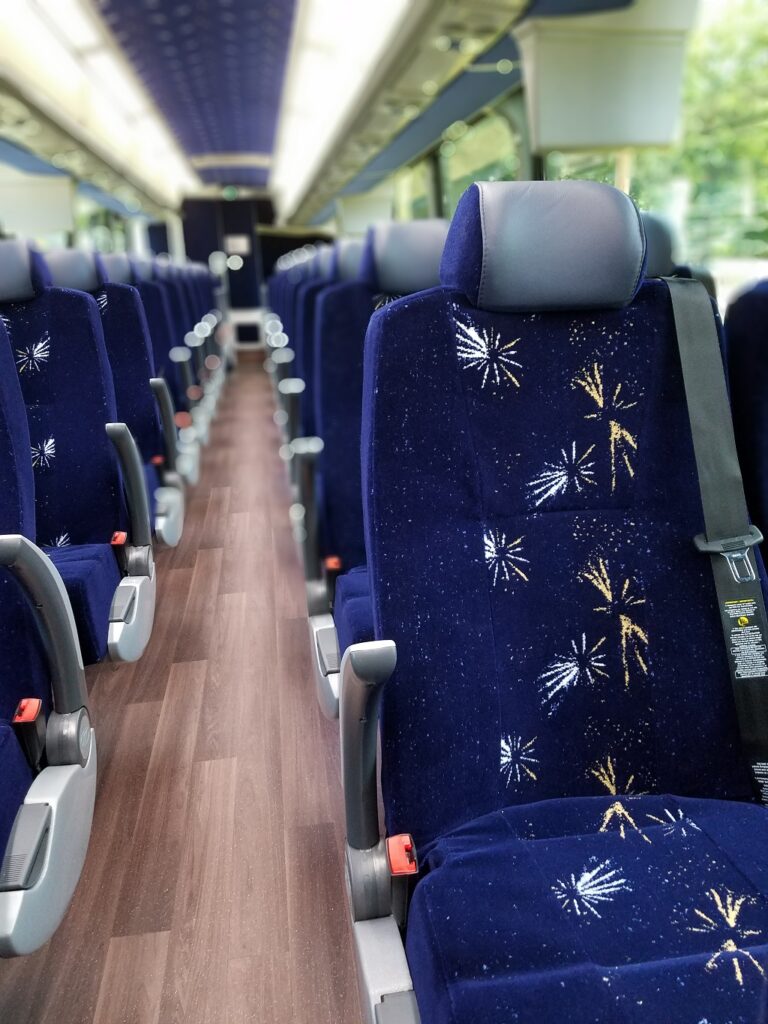
From youth leagues to professional squads, athletic teams face a host of challenges when traveling to tournaments, matches, and away games. Beyond booking a bus or plane ticket, team travel requires coordinated efforts to keep players healthy, comfortable, and prepared to perform at their best. Here’s a look at the key logistical components that help keep athletes on track during their journey.

Planning the Perfect Itinerary
One of the most time-intensive parts of team travel is creating an itinerary that accommodates training sessions and game times. Planners must consider arrival windows to allow adequate rest and acclimation, especially if there’s a significant time zone difference. Flexibility for potential changes is also important, such as weather delays, venue adjustments, or last-minute rescheduling.
Many athletes—particularly student-athletes—also juggle travel with academic or professional commitments. Ensuring they can stay on top of classes or remote work while on the road means building in study time or Wi-Fi-equipped transportation.
Transportation Logistics
Depending on distance, budget, and team size, travel coordinators might weigh options such as charter buses, commercial flights, and private or chartered flights.
Charter buses are great for shorter distances and come equipped with modern amenities like reclining seats, Wi-Fi, and on-board restrooms. Commercial flights may be necessary for teams needing to cover large distances quickly. However, baggage allowances and schedule constraints can pose a challenge. Private or chartered flights offer the greatest flexibility, though they can be cost-prohibitive unless funded by larger institutions or professional clubs.
It’s also important to navigate equipment needs. Sport-specific gear—such as hockey sticks, baseball bats, or large medical kits—require extra attention. It’s important to properly label gear, ensuring fast identification and preventing mix-ups when storing and retrieving equipment. Coordinators may also need to confirm overhead bin sizes, bus cargo capacity, and freight options for oversized gear.
Accommodation and Recovery
Not all hotels are created equal for athletic teams. A key factor is proximity to training facilities or venues. Ideally, it’s best to minimize commute time to keep athletes fresh for practices or matches. Having on-site amenities like gyms, swimming pools, and meeting rooms can support ongoing conditioning and team strategy sessions. Ensuring adequate noise policies and comfortable bedding to promote quality sleep is also essential.
Recovery becomes even more crucial during away games when athletes are out of their normal routine. Many teams partner with local wellness centers or request on-site therapies for post-game treatments, such as ice baths and massage therapy. Stretching and light workouts can also keep athletes in shape, so consider lodging that offers a hotel ballroom or makeshift outdoor space.
Nutrition and Meal Planning
When scheduling meals, timing is everything. Pre-game meals should be served 3-4 hours before competitions to allow for digestion. Choose post-game snacks that are light but nutrient-dense, such as energy bars, fruit, or protein shakes. Lastly, ensure constant access to water, electrolyte drinks, and hydration snacks like watermelon or sports gels.

Coordinating Team Communication
Keeping everyone informed is essential. Teams often rely on messaging apps, such as group chats or team-specific apps, for real-time updates on schedule changes or transport delays. Tools like Google Calendar or specialized sports management platforms that automatically sync changes to players’ and staff’s device can also be helpful.
However, even in a digital age, face-to-face communication remains invaluable. Consider holding daily meetings in the hotel lobby or meeting room, and address strategy or adjustments during bus rides or airport layovers.
Safety and Well-Being
The physical and mental health of athletes remains a priority. Someone knowledgeable about injury prevention and management should be onboard. There should also be clear guidelines for isolating sick individuals, seeking immediate medical care, and notifying relevant parties.
Furthermore, high-profile teams may require security briefings, such as advising players on local laws, customs, and safety considerations. Keeping floors or areas off-limits to non-team personnel is also important, as this ensures privacy and focus.
Benefits of Charter Buses for Athletes
While there are many ways for athletes to travel, charter buses are a top pick. Traveling together on a single vehicle provides the unique opportunity for athletes to build camaraderie, while coaches and trainers can use this time for team meetings, film study, or pre-game strategy sessions.
Charter buses are spacious and comfortable, equipped with modern amenities like reclining seats, climate control, onboard restrooms, Wi-Fi, power outlets, and entertainment centers. The additional space also allows athletes to stretch out and stay relaxed before and after competitions.
It’s also helpful that charter buses can easily cater to the team’s specific needs. Departure times, rest stops, and routes are all up to the team. Unlike flying, there are fewer concerns about check-in times, boarding processes, and flight delays or cancellations. Additional benefits include cost-effectiveness, spacious storage compartments, reduced stress and simplified logistics overall.

Athletic and Sports Transportation in New Jersey
Team travel is a complex puzzle that goes far beyond simply getting from Point A to Point B. From meticulously planning itineraries to ensuring players eat well, sleep soundly, and stay mentally focused, logistics play a pivotal role in athletic success on the road. Looking to streamline your team’s next away game? Explore the athletic and sports transportation services from Panorama Bus Tours at 973-470-9700. Our specialized transportation makes it possible for teams to travel in comfort and style.

